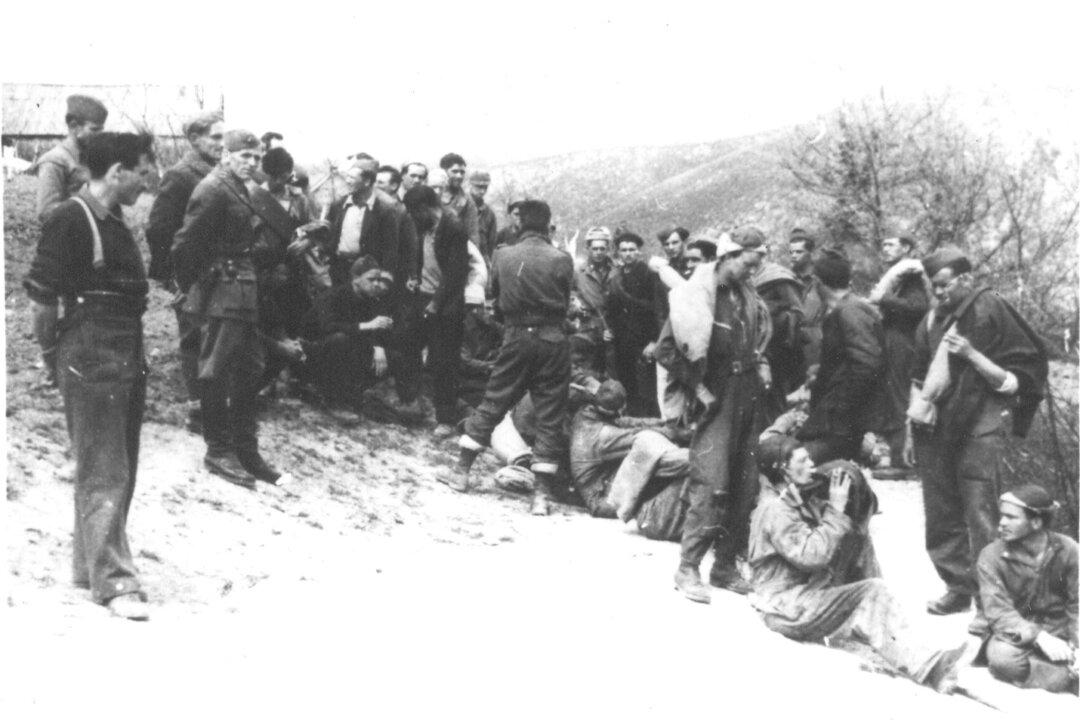Many have said that his entire life was a “Sermon of Freedom.” Thomas Wentworth Higginson’s strong faith motivated him to fight for freedom for all. His desire for all to be free found Higginson working as an abolitionist, author, and minister. Later in his life, he fought in the Civil War and encouraged writers like Emily Dickinson.

Thomas Wentworth Higginson, 1911. Public Domain






